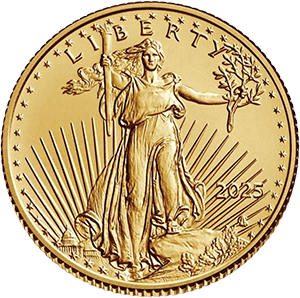The Largest Gold Bar in the World: A Marvel of Japanese Craftsmanship and History
Gold has long been a symbol of wealth, power, and allure, with civilizations across the world cherishing it for its beauty and rarity. In Japan, gold has a particularly storied history, and one remarkable testament to this enduring fascination with the precious metal can be found at the Toi Gold Museum in Izu. There, visitors are greeted by an astonishing sight: the largest gold bar in the world, weighing a massive 250 kilograms (about 8,000 Troy ounces). Crafted by Mitsubishi Materials Corporation, this incredible bar is almost pure gold, with an impressive purity of 99.999%. But it’s not just the size or purity that makes this bar a captivating piece; it's also the rich history and legacy of gold mining in Japan that the Toi Gold Museum preserves.
The Toi Gold Museum: A Glimpse into Japan's Gold Mining Heritage
The Toi Gold Museum, located in the Izu Peninsula, offers a comprehensive look into the history of gold mining in Japan. The museum covers the full arc of Japan’s gold mining activities—from the ancient mining techniques of the Tokugawa period (1603–1868) to the present day. It highlights how gold has shaped not only Japan’s economy but also its cultural and historical landscape.
During the Tokugawa period, Japan was home to some of the world's most productive gold mines. The Toi mine, specifically, was one of the country’s major sources of gold and operated for several centuries. It is believed that during its peak in the 17th century, the Toi Mine contributed significantly to the Shogunate's wealth. The influence of this resource can still be seen today, as Japan remains a nation where gold has continued to be an important part of its financial and cultural identity.
Visitors to the museum can explore various exhibits that showcase the tools, techniques, and challenges of gold mining throughout Japan’s history. The museum also offers a fascinating exploration of how the country transitioned from traditional gold mining methods to modern techniques, and how gold was mined not just for its precious metal but also for its cultural significance in various forms of Japanese art, currency, and ornamentation.
The 250-Kilogram Gold Bar: A Modern Wonder
What truly stands out at the museum is the giant 250-kilogram gold bar. With its gleaming surface and almost perfect purity, this bar symbolizes not only the ongoing relevance of gold in Japan but also the meticulous craftsmanship that the Japanese are known for. Created by Mitsubishi Materials Corporation, this bar is a modern marvel, representing both the country's cutting-edge technology and its long history with gold.
At nearly 8,000 Troy ounces, the bar dwarfs most of the gold bars on display around the world. Visitors can admire it up close and even take photographs with the awe-inspiring piece. Beyond its sheer size, the bar embodies Japan’s enduring commitment to excellence in metallurgy. Its 99.999% purity highlights Japan’s advanced refining techniques, which allow them to produce some of the purest gold available on the market today.
Gold in Japan: A Long-Standing Cultural and Economic Symbol
Japan’s relationship with gold is not just about mining and economics. Over the centuries, gold has played a vital role in shaping Japan's culture, art, and even religion. The country is known for its intricate goldwork, from decorative objects to the famous gold-leaf-covered temples and shrines. Gold’s symbolic importance extends into the realm of finance, where it continues to be seen as a reliable store of value, particularly in times of economic uncertainty.
In recent years, gold has regained prominence among Japanese investors as a safe haven against inflation and market volatility. The Japanese yen has faced significant fluctuations, and gold has once again emerged as a trusted asset for individuals and institutions alike. The immense gold bar at the Toi Gold Museum serves as a reminder of gold’s enduring appeal in Japan, not only as a precious commodity but also as a symbol of national pride and economic resilience.
Conclusion: A Journey Through Time and Gold
The Toi Gold Museum and its display of the largest gold bar in the world offer visitors an unforgettable journey through Japan’s rich history with gold. From its ancient mining traditions to the modern-day reverence for the metal, Japan’s relationship with gold is one of both practicality and profound cultural significance. The 250-kilogram gold bar is more than just a physical object; it is a testament to the ongoing legacy of gold in Japan's economic, cultural, and historical narrative. For anyone interested in gold, its history, or Japan’s fascinating past, the Toi Gold Museum is a must-see destination.










